There is a running theory that fast charging is not good for your smartphone’s battery. Weird thing to say when manufacturers are having heated wars on how fast you can charge your phone. Oppo tested out charging tech that can fill up a dead smartphone battery from 0-100% in 9 minutes. Xiaomi already had a wireless charger that pushes 120W which is more than most laptops (65W).
What is fast charging?
That is a tough one to answer. This is because technology is always evolving. What was fast 10 years ago is slow now and what is fast now will be pretty slow 10 years from now. When smartphones started becoming mainstream which was in 2012, a majority of them charged at 5 watts which the same power as one of the smallest LED light bubs on the market.
At this time, anything 10 watts and above was deemed fast charging. And charge times back then were between 1hr 30minutes and 2hrs 15minutes from dead to full. But also at the time the average battery size was 3000mAh.
2017 the fast charging wars started heating up. OnePlus with it’s DashCharge doubled the power to 20W and Huawei came in with their SuperCharge tech which pushed it up to 22.5W. We started seeing figures of 0-50% in 30 minutes with full charges now reduced to just over an hour. At the time I had an LG G6 and that charged at 18W. It felt rapid.
Punch it to 2022 and Huawei is at 66W, Xiaomi is even throwing 120W at midrange smartphones and Oppo is working on sub 10 minute charge times from 0-100% at 240W. That is the same sort of power that a top of the line gaming laptop uses! Is this even safe?
Is fast charging safe?
Ok, lets begin by looking at the battery itself. Most electronic devices use Lithium Ion batteries. But how batteries work in general is that you have the positive and negative elements and between them is a fluid. When you charge the battery, all you are doing is using an external power source to pump electrons (charge) into the battery.
This fluid is the one that stores these electrons for use and the positive and negative terminals are the taps that allow us to empty the battery or fill it up. To ensure that we safely charge a battery, there are 3 things we need to look at. Voltage, Current and Time.
A product of voltage and current give us power, which is denoted in Watts(W) and that is all those numbers I mentioned earlier in the ‘What is fast charging’ section. This is where things start getting a bit nerdy but this is important to understand what we mean by safety.
When charging a battery, you can either increase the voltage beyond that of the battery or the current or both so you can charge it faster. However a result of pumping more energy is that you generate heat. Which is a problem because the fluid inside the battery does not like heat. When it gets hot it starts to produce gas and this can lead to a battery swelling up. And if the voltage and current is too high, it can get so hot that the battery will explode.
Smartphone manufacturers saw this problem and have all implemented several of ways of going around this. Some even resulting in brands developing their own custom charging standards.
1. Split the battery
The easiest way to effectively double the charging speed was to take a single battery and split it into 2. What this does is it allows each half of the battery to charge at the same speed as if it were one. But since each half is effectively half the size, it will take half the time to fill up. And if we look at it from the side of the charger, it’s delivering double the power. 15W fast charge is now 30W.
The easiest advantage to this is that you don’t have to do much work to achieve a faster charge. All you do is use the exact same battery tech and battery chemistry and even the same charging system but just twice as big to accommodate the 2 batteries. A cheap and easy way to speed up charging.
The only problem with that is the overall battery capacity you can achieve for the same physical size of battery will be a bit smaller due to that split in the middle. For the same physical battery size, a split cell battery will be smaller than a single cell battery. Meaning you may have to choose between rapid charging but shorter battery life or longer lasting battery but taking a longer time to fully charge.
2. Manage the heat
So you prefer to charge faster without compromising the size of the battery and consequently battery life. Well since the biggest drawback to this is heat then we can try and manage it.
Installing beefier cooling inside the phone which covers the CPUs, memory chips as well as the charging system and the battery. In flagship smartphones they employ very large cooling copper pipes and in the latest ones, the cooling pipes have the hollow center filled with a copper mesh wire and a fluid (vapour chamber cooling) to dissipate heat even faster. And with some hardcore gaming phones they also now add a cooling fan inside the phone to move heat from the device’s hot parts even quicker.
This way you get the benefits of fast charging without the split cell drawbacks of reduced battery life. And it’s just a little bit of work on the design part to make the already existing cooling better. That won’t be too much of a headache for a smartphone manufacturer to figure out.
3. Redesign the charging system
What is a charging system? It is several bits involved in charging up that battery. The charging brick, the cable, the charge controller inside the phone and the battery management system on the actual battery. All these, apart from the charging cable, will produce heat when charging the device which we are trying to avoid. At least trying to avoid around the battery.
Huawei and Oppo thought out of the box. They took out parts of the charging system responsible for fast charging from inside the phone and put them in the charging brick. What this meant is that, not only did they remove one of the biggest heat generating components when charging from the phone, they also created more space inside the phone. Which they could use to fit a larger battery.
Since the phone now runs a lot cooler it means the battery they were already using can now be charged faster without getting hot. Ontop of that they played around with voltage and current. They are maintaining voltage as low as possible to ensure it’s close to the battery’s operating voltage, then increasing the current. A bit more complicated but still manages to provide rapid charging without the risk of prematurely degrading the battery.
Fast charging won’t kill your battery. But poor charging habits will
So fast charging is safe because of a couple of things. The charging system controls the charging and so it dies first before the battery. These systems are stress tested both internally and externally to ensure they are safe. Manufacturers also have a reputation to maintain. Something they won’t be able to do if they make a phone that prematurely fails (Galaxy Note 7)
What can most certainly kill your battery is bad charging habits. Using your phone whilst its plugged in and charging will degrade the battery much faster. As you are using the phone the battery will be charging slower because the power it’s receiving from the charger is being split between charging the battery and powering whatever app or feature you’ll be using. As a result, the running CPU, charging system and the battery will generate a lot of heat for extended periods and this heat will wear out the battery quicker.
Leaving your phone plugged in way after it has reached 100% used to be an issue back in the day. But now, phones come standard with a protection against that. However if your battery runs flat there is no way your phone can protect you from that. The more you let your battery drain to empty, the more you are reducing how much energy it can store.
Each process of emptying a battery and filling it back up again is called a cycle and what you need to do is avoid full cycles. Your smartphone’s battery is very happy playing between 30% and 80% and if you keep it in that range you will significantly extend it’s useful life. The average life of a smartphone battery is 1000 cycles and if you empty it everyday then it should be able to last just over 2 years before you desperately need a new battery. So having good charging habits can extend that to 4 or 5 years.
Finally. Using the right charging hardware. Try as much as you can to buy a genuine charging brick and cable made for your smartphone. That way you are ensured that you will safely charge your device and it will have adequate measures to keep your battery healthy. You won’t be doing yourself any good buying an iPhone and using a Samsung charger on it. Just because it works doesn’t mean its right.
Same goes for charging accessories like car chargers, modulators and powerbanks. Not all of them are good for your phone. Just get one from a trusted shop and not in the streets. Yes, fast charging is safe and good for your battery. Charging habits should be your biggest worry.
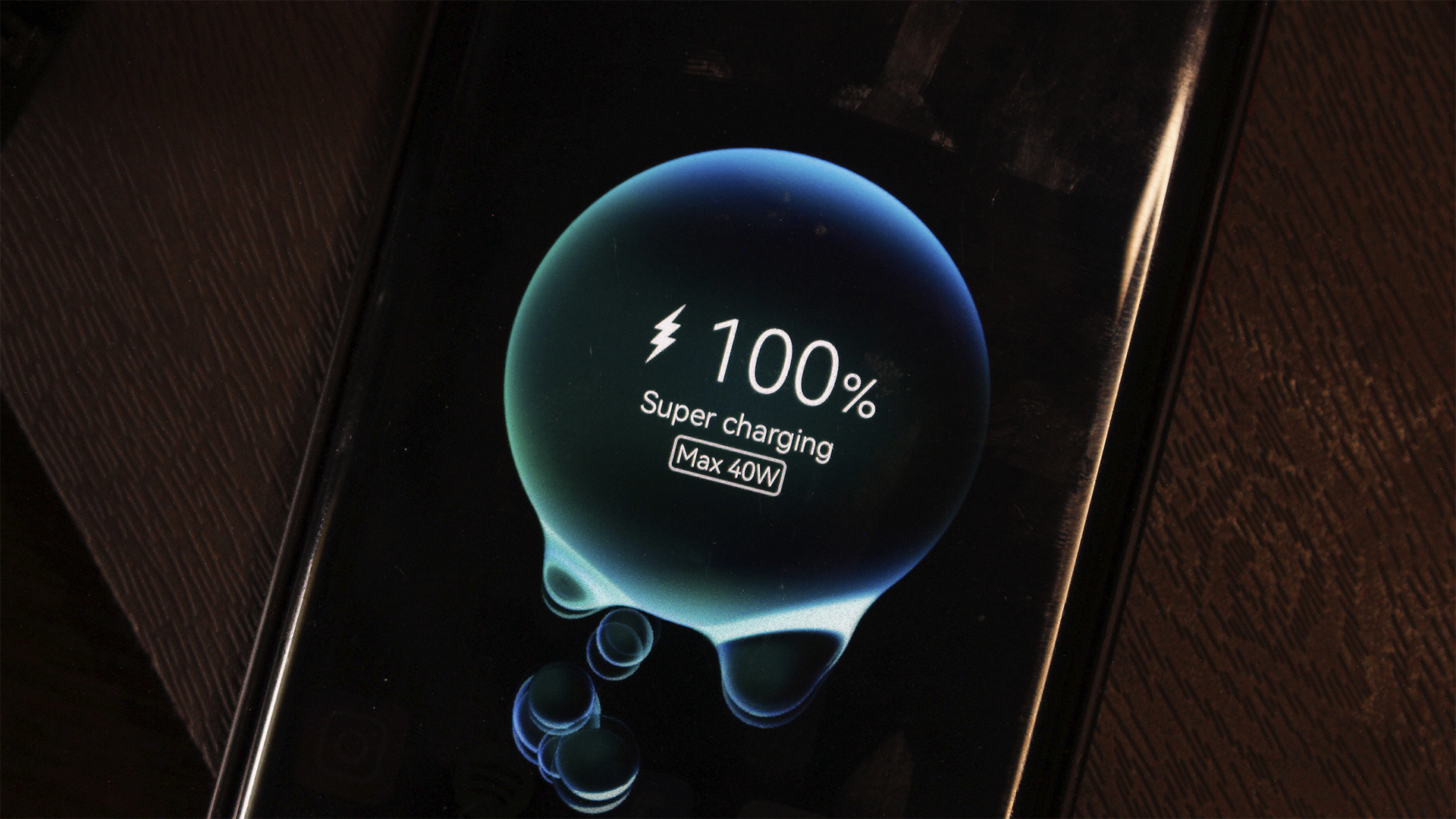


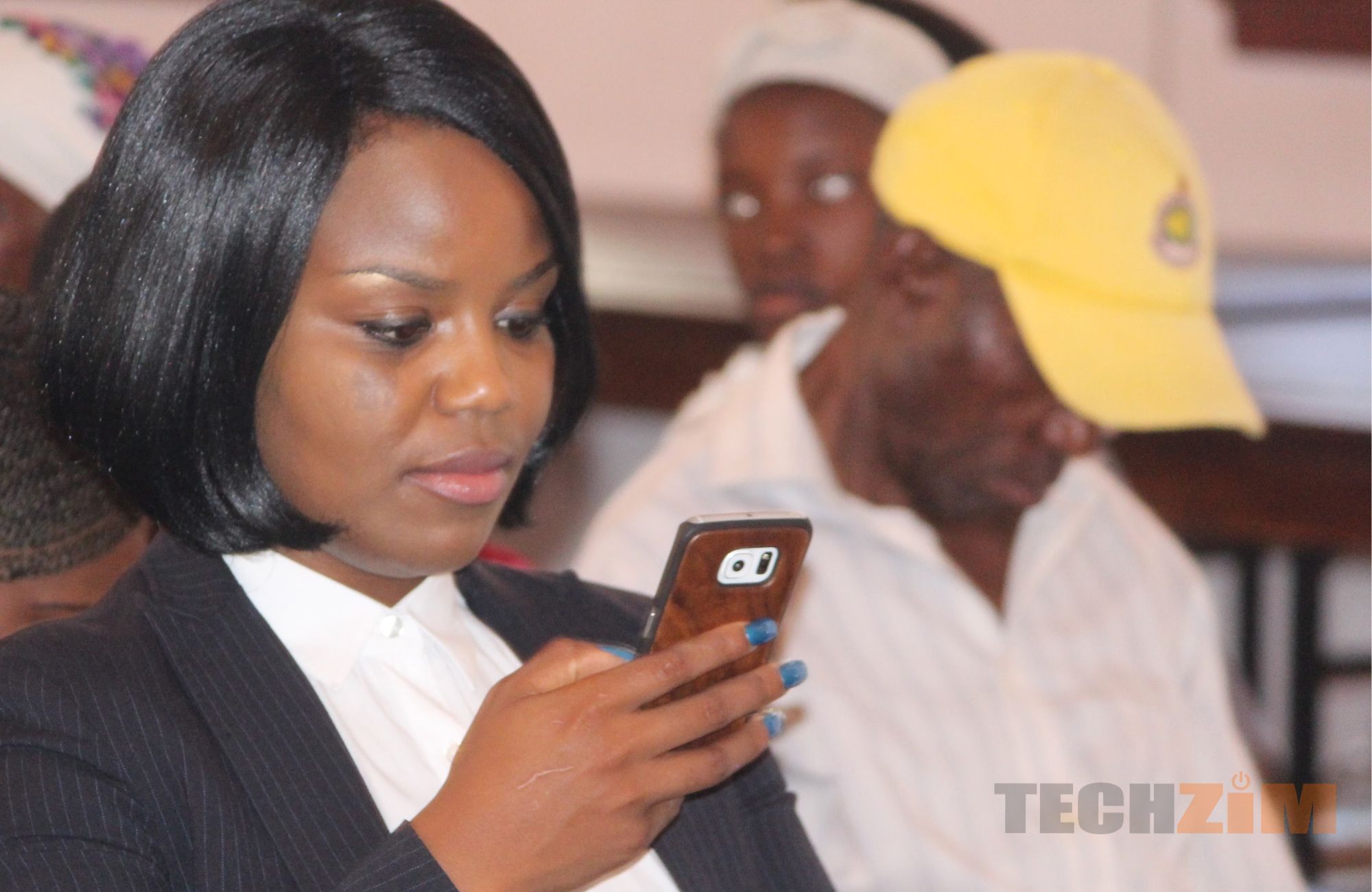
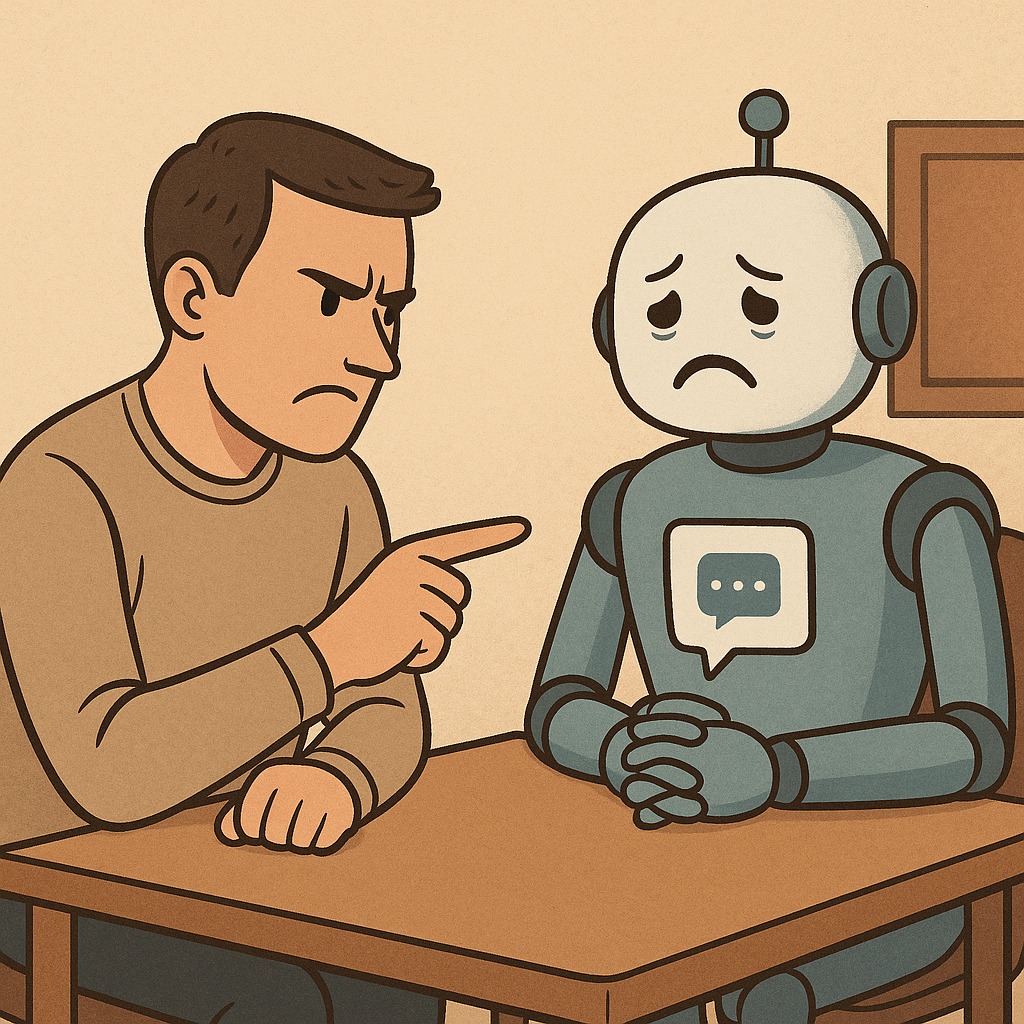
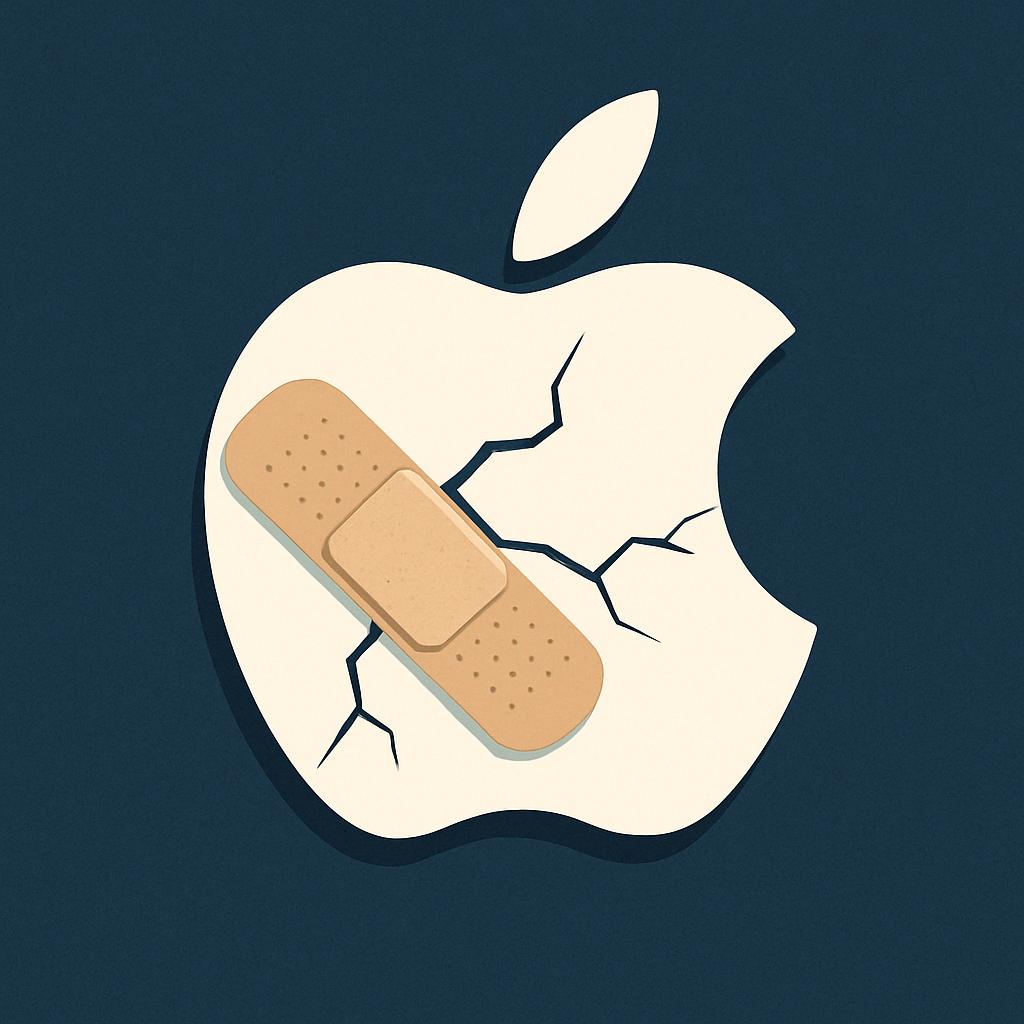

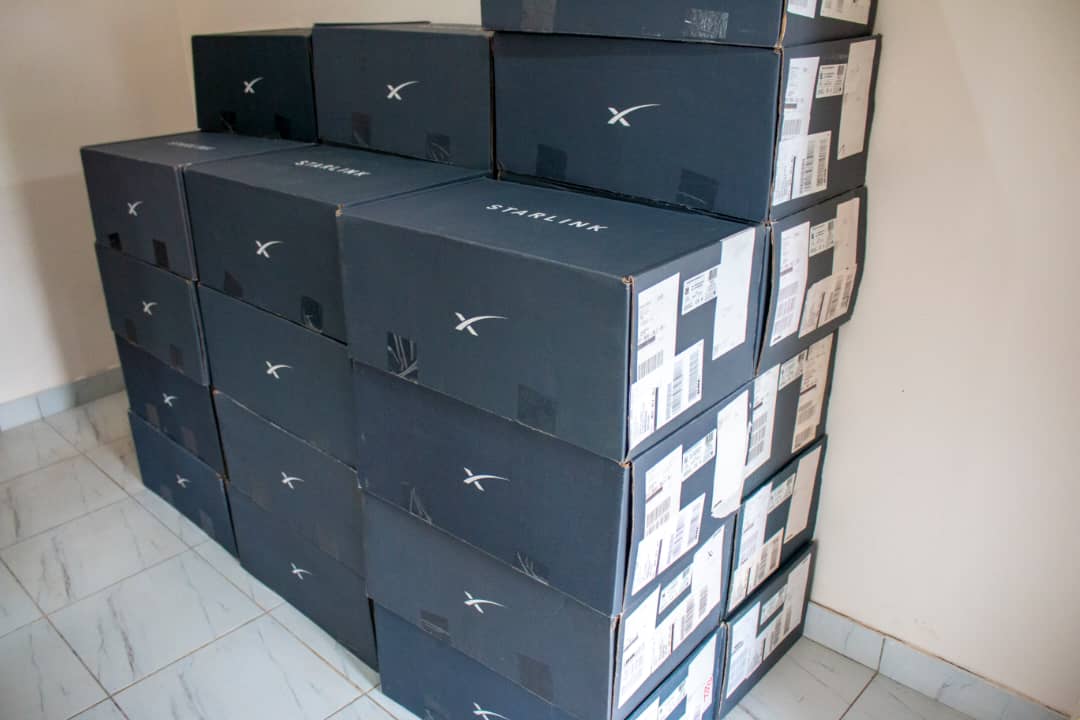






Comments
17 responses
Back when i worked from the office, I had a ghetto hack to quickly charge my phone: Fully undress it and put it on the ceramic floor tiles to charge! Otherwise, unless it was winter, it would stop charging midway with a thermal warning! Thank goodness product forums were there to tell me it was normal at its highest rate of charge, otherwise I would have thought my phone was trying to burn me alive
I still do that its a good habit to make one’s battery have a long life
Since I got a new(er) phone with 33W charger life has been really amazing battery wise, no need to let it charge over night even with this load shedding. A good 30 mins with the prop charger and life is good again, how did we live before. Advise, install accu-battery, will send you prompts when your battery gets to 80% so you stop charging.
I use my Samsung M31 with a 6 000 mah battery
& Encountered this challenge if i charge my device in fast charge
The duration was of the battery itself was affected so i disabled it long back i just charge it in slow motion
And also i enabled battery protection that limits the battery to 85% only
Are you saying charging the battery to 100% reduces battery life? hi
Technically yes. A battery has a roughly limited number of useful charge cycles. So if you always do 0% to 100% charges, your battery will hit that limit faster. Charging 20% to 85% or so lets you stretch out the time it will take before you get to the limit. This method works with just about about any lithium-ion phone battery, but your quality of life might suck if the capacity of your phone is small to start with.
Are you saying charging your battery to 100% reduces its life
Yes it reduces its life. Samsung phones now come with a “protect battery” switch, whereby the charge is paused at 85% and the battery will not charge to 100%.
Well why not make the battery charge to 80 percent internally but show 100 percent charge on the screen then
Because unless everyone does it, at the same time, they will fail to compete on battery life and phone size. They would have to ship bigger phones to match the battery life of the competition or ship similar sized phones with significantly shorter battery life than the competition. It leaves them wide open on the marketing and reputation battle fronts.
Another factor is that they do not expect battery longevity to exceed the average upgrade cycle, at most 2 years. Anything after that gets covered under extended warranty programs (which you pay for, and only in some markets), discounted replacement programs (like apple was shamed into doing) or not at all, even if software is supported 3 years and beyond.
I think the software solutions that manufactures are adding now are a good middle ground. Customers can pick on their own if they want to enable full speed charging and charging to partial capacity.
Fast charging or charging all night are all new concepts. So far, there is no better model. Tech companies are taking risk, experimenting. Back to the question and my experience
When using ur phone in an android auto , u must connect ur phone to the usb port of car audio system and it will charge ur phone while using ur phones app like map messenger and sporify. Will it affect badly to the phone battery?
You shouldn’t worry about it much unless you are a something like an uber driver who leaves it plugged in all day. Rapid battery degradation usually comes from sustained charging and discharging behaviours over time.
I honestly can’t live with fast charging. At the end of the day I’m getting minimum 2 yrs and I’m not tied to the charger
Many batteries for electronic devices are intelligent batteries that the user’s main job is plugging in the battery to charge, all other worries are taken care of by the battery eg.discharging the battery if it not being used l.
I feel energized after this article free fun games